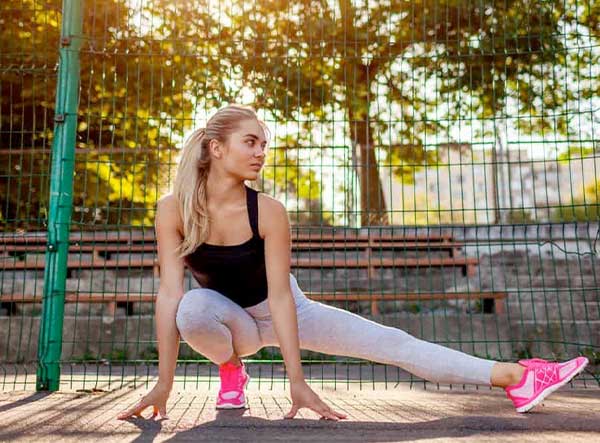18. Walking can help improve your sleep patterns
Many people have periods when they have trouble sleeping. However, if the problem persists, you may lose sleep. Many people believe that the only way you can cure insomnia is to take sleeping pills. This is not necessarily true. If you complain about insomnia, one of the first things your doctor will ask you is how much you exercise.
This is because exercise programs are closely related to good sleep patterns. An ideal way to control your sleep patterns is to start walking. A study of people with chronic insomnia found that walking shortened their sleep time. It also lengthens their sleep time. Walking can reduce anxiety, which is often a factor in insomnia. A rise in body temperature and subsequent cooling can also promote sleep.

19. Walking can make you look younger
Many of the walkers said they felt younger. This is due to the exercise program they take. However, exercise doesn’t just make you feel younger. It can also make you look younger. When it comes to the skin, the increased blood flow throughout the body caused by walking is no exception. Blood flow to the skin can heal ulcers and help keep the skin moist. Hydrated skin is less likely to wrinkle.
Another effect of regular exercise on the skin has to do with chromosomes. Chromosomes age with the body. One of the things that happened to them was telomere shortening. Telomeres are located at the end of each chromosome and affect the transmission process.

20. Walking has little impact and is therefore unlikely to cause harm.
Taking action can be risky. The effects of exercise on the hip, knee and ankle joints can lead to injuries. For those who are prone to injury, the thought of walking can be unpleasant. The risk of joint damage is low. This risk is minimal compared to high-impact activities such as running and other sports.
Walking is considered a low-impact activity. This means that it does not put uncoordinated stress on joints that perform high-impact activities. As with any exercise, take some precautions before walking. Warm-up activities, such as stretching, can reduce the risk of injury. Disaster recovery activities are equally important. Anyone with a history of joint damage or disease should consult their doctor before starting a walking program.
